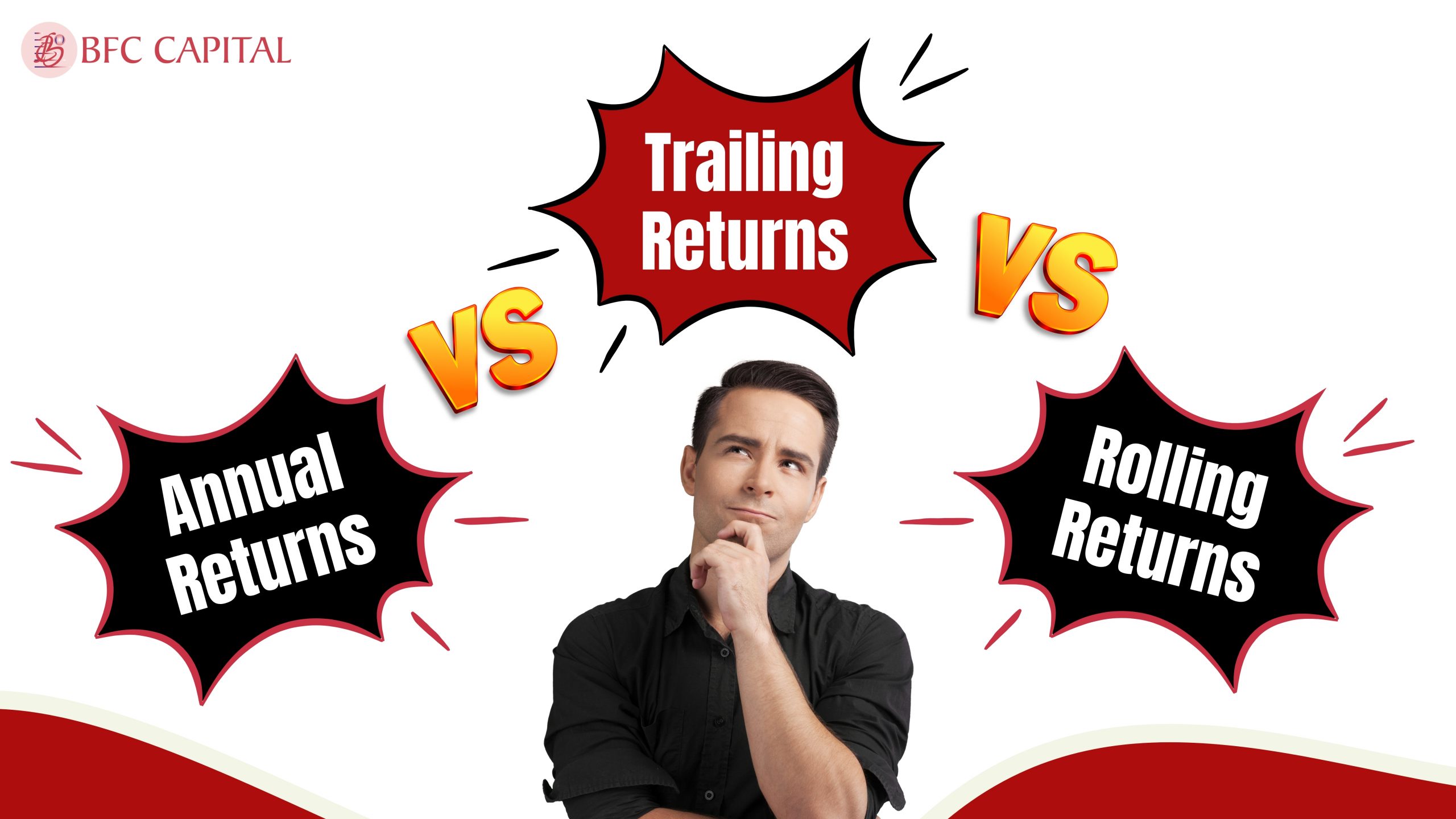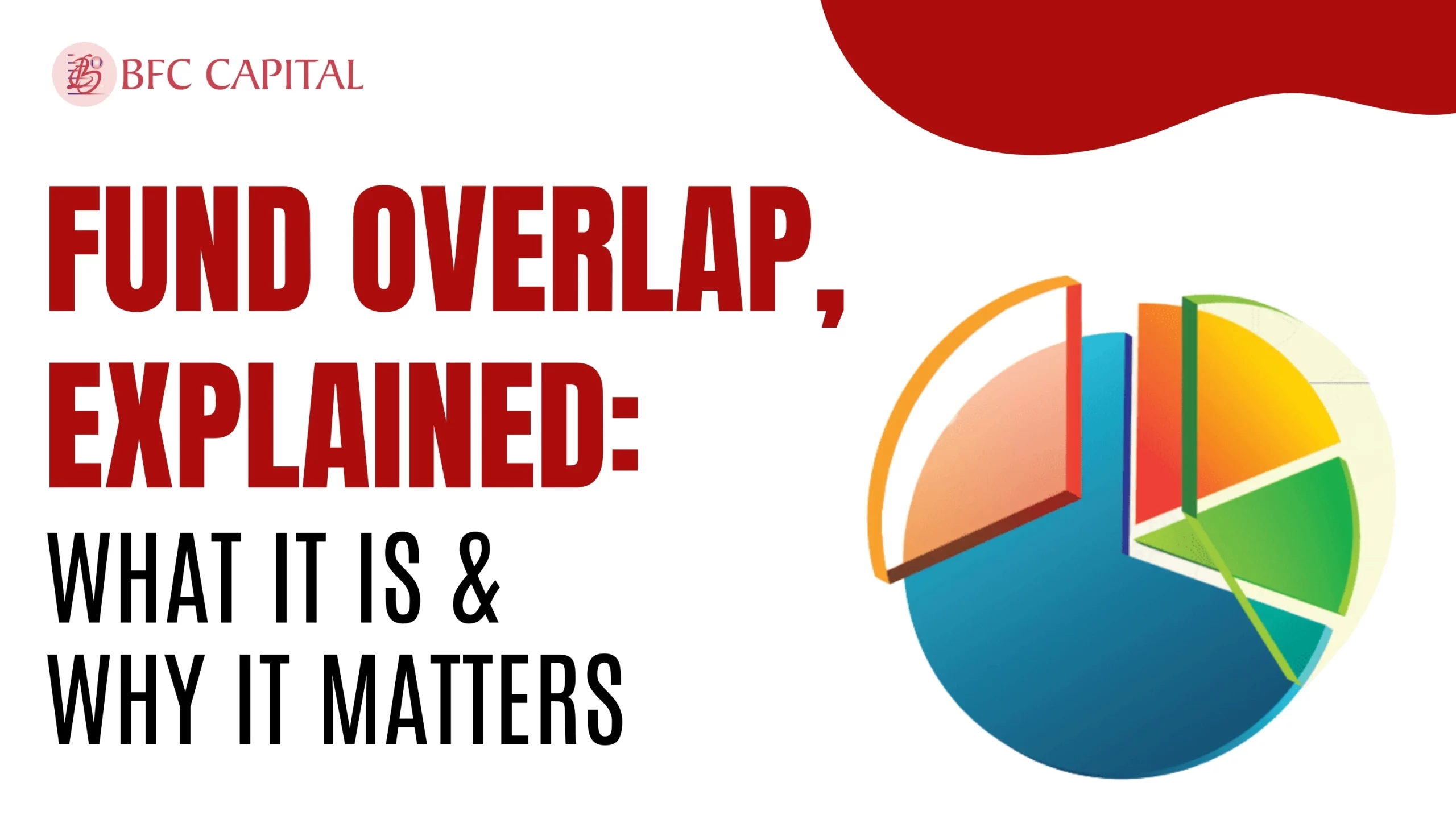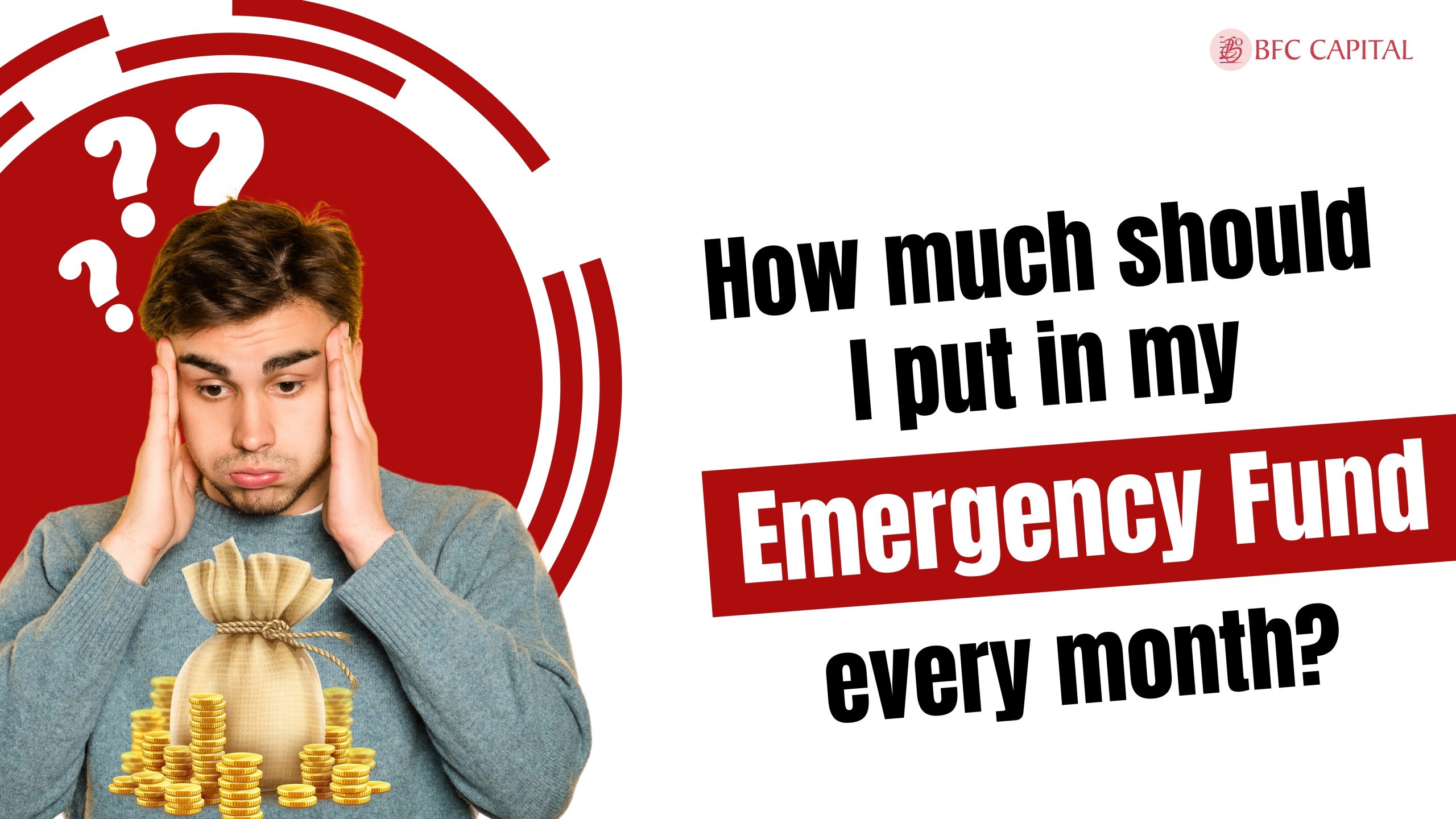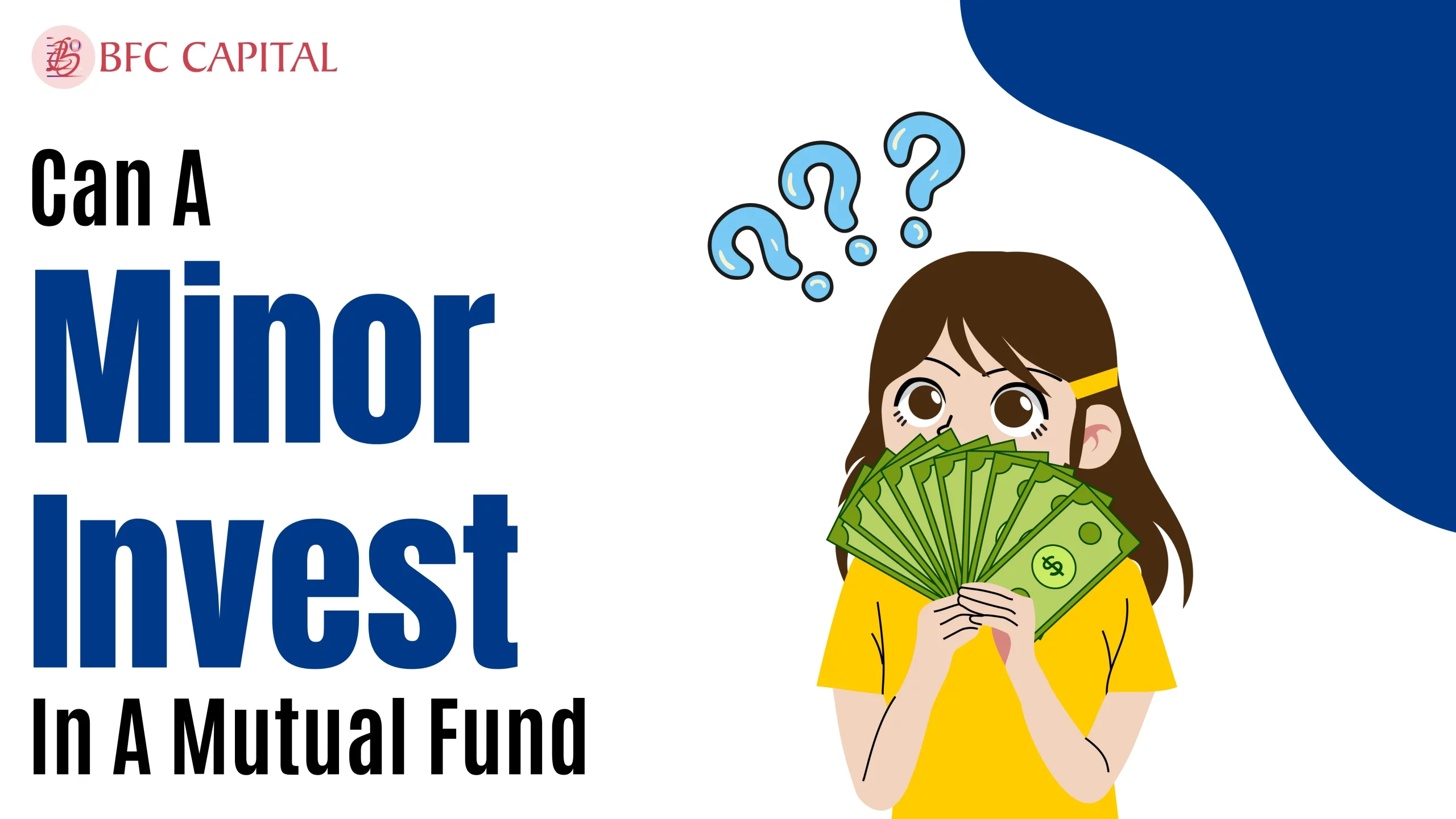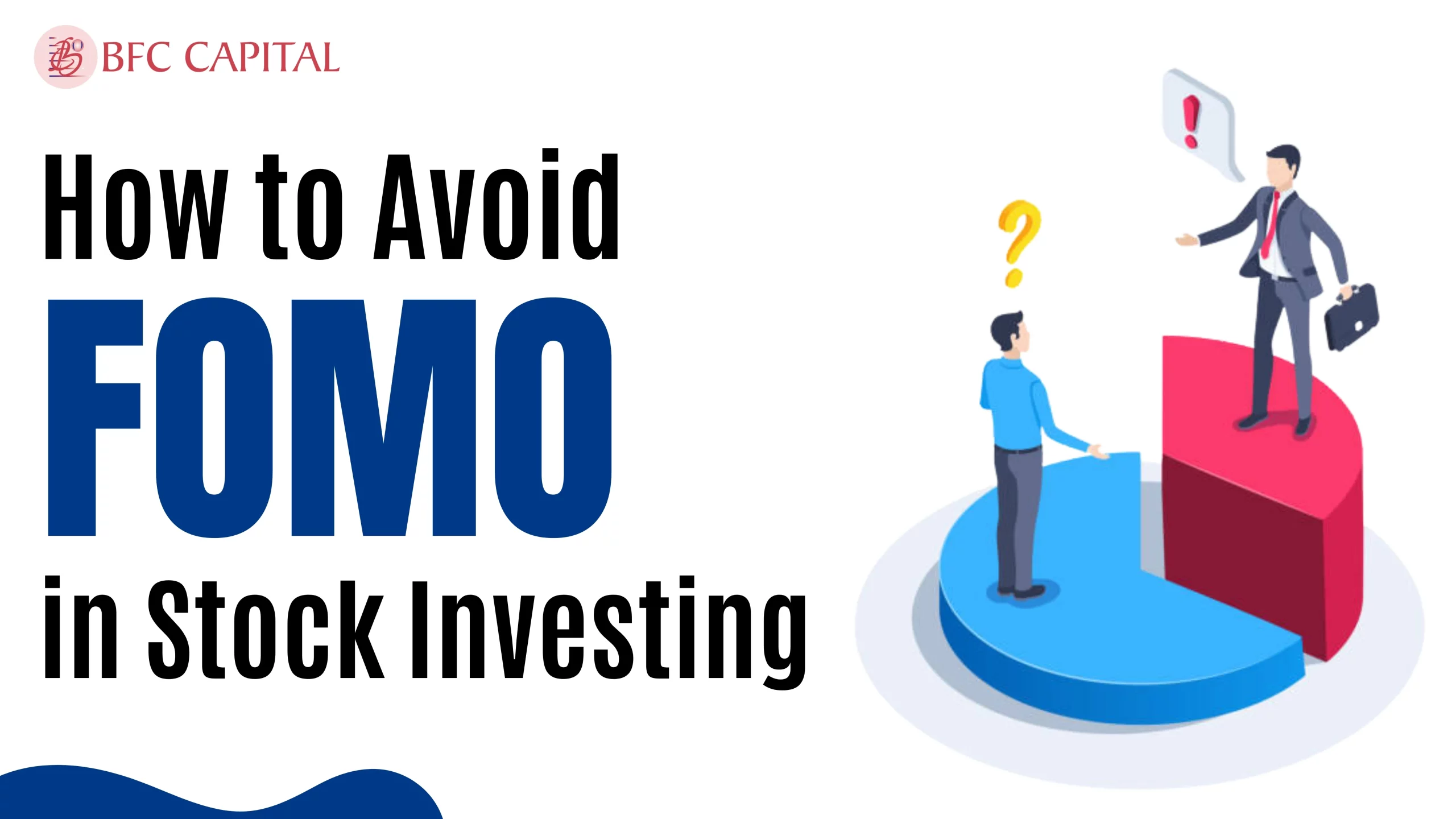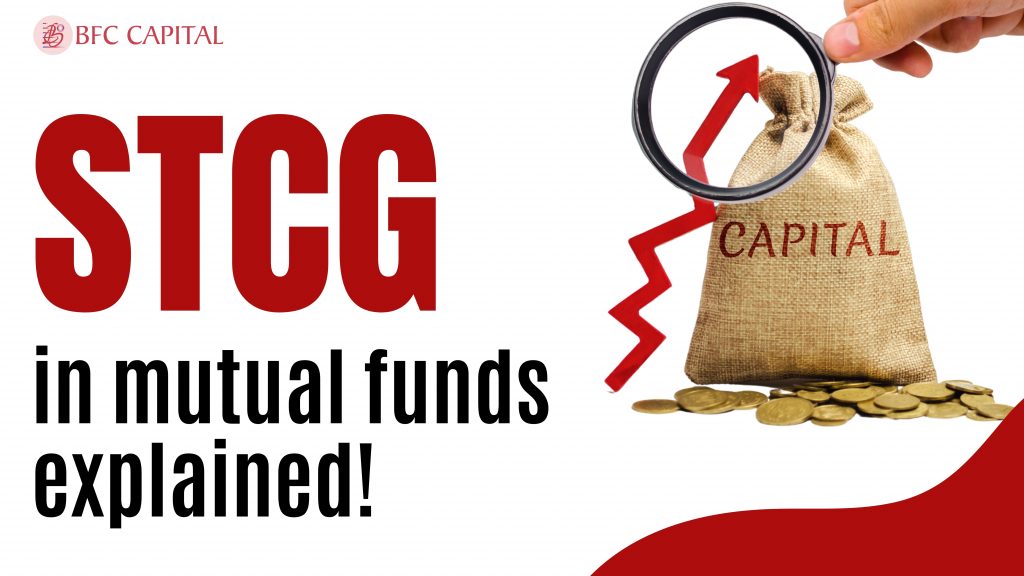
Ever wondered why selling something quickly might not always be the better option? Assume that your money is a planting. The longer you let it flourish, the bigger and better the harvest. But, what if you pluck a leaf or two before it fully matures?
You’re likely to get a good price. You enjoy the fruits of your toil but you also pay a penalty. This is similar to selling a mutual fund within a few months of the holding period – you reap the fruits of your funds but you have to share some of the harvest with the taxman.
This taxman equals a gardener working in your vegetable garden. He takes a small portion of the vegetables harvested just as the government exacts tax from your profits.
This particular scenario outlines what are short-term capital gains (STCG).
To elaborate further, the blog will dive into the basics of STCG – characteristic features, calculations, and the tax levied.
Outlining the Basics of Short-Term Capital Gains (STCGs)
Imagine you’re growing a bonsai tree. You regularly water it, nurture it, and keep it under sunlight. Over a short period, it flourishes. And then suddenly, you decide to sell the tree. If you sell it immediately, before it matures, you are unlikely to receive a good price in exchange. The same goes for mutual fund investments.
Nurturing, watering, and offering sunlight to the bonsai tree is similar to investing money and allowing it to grow over time. Selling the tree before it matures means selling the equity mutual fund mutual fund before holding it for 12 months or even less.
Short-term capital gains are the profits from selling an investment within one year (12 months) or less holding period. In this scenario, you don’t allow the investment enough time to grow to its full potential just like selling an immature bonsai tree at a lower price. The tree didn’t have enough time to entirely develop its value. Similarly, the mutual fund didn’t have enough time to accumulate significant returns leading to less favorable financial outcomes.
Characteristic Features of Short-Term Capital Gains (STCGs)
Short-term capital gains are generated from equity shares sold within 12 months of their holding period. STCGs are also generated by selling immovable assets, such as a house, within one year (12 months), and other capital assets within two years (24 months) of purchase. This showcases that the holding period differs according to the asset type.
Moreover, Indian Income Tax Regulations categorize short-term capital gains into two types – those subject to section 111A of the Income Tax Act and those that are not.
Short-term capital gains under section 111A are generated from:
- Business trust units
- Assets traded through a foreign currency on the International Financial Service Centre
- Equity shares of businesses
- Mutual fund units where 65% or more assets are invested in equity shares belonging to Indian companies. In this case, section 111A pertains to the units transacted through a legible stock exchange and are subject to Securities Transaction Tax.
How to Calculate Short-Term Capital Gains (STCGs)?
As discussed before, the tax rate applicable to short-term capital gains from equity funds has been increased from the previous 15% to 20%. So, how do you calculate the overall STCGs based on these changes?
To simply understand how short-term capital gains are calculated, let’s assume that you’re selling your old toy airplane. Your first step is to assess the selling price i.e., how much you finally sold the airplane for. Let’s mark it as X. Second, subtract what you paid for it a year ago i.e., the cost price, Y along with any money spent on fixing up the wheels or repainting it, Z.
Further, you also subtract the extra money you used from selling this toy airplane to buy a bigger toy car. Let it be A.
The overall calculations can be boiled down to => X – (Y + Z + A) = P.
P is the overall profit (leftover money) or short-term capital gains. But, there is a catch. Now that you have a bigger and better toy car, you have to share it with your sibling. You sold your toy airplane by polishing it and elevating its conditions, and not when it was battered down. Hence, you need to share the shinier car with your sibling. This is the same for capital gains. You have to share a part of your profit with the government in the form of taxes.
Thus, note the exact selling price of the mutual fund sold. Subtract any additional costs associated with the selling of these mutual funds along with the original purchase price of the funds. Then, subtract the improvement costs made to the fund as well as exemptions under Sections 54B and 54D. The amount remaining is your short-term capital gains entailing a specific amount of tax depending on the regulations.
Taxability on Short-Term Capital Gains (STCGs): According to the Union Budget 2024-25
Short-term capital gains are often taxed at a higher rate than long-term capital gains where investments are held for a relatively longer time. According to the Union Budget 2024-25, the short-term capital gains tax has been increased. The tax rate from equity investments is now set at 20% while, other assets are taxed according to the income tax slab. Thus, short-term gains have a significant impact on your taxes, especially for high-income earners.
There are two ways short-term capital gains are taxed depending on the nature of the transaction. Suppose you’ve set up a small fruit stall. Every day you purchase fruits from a third party to sell. If you end up selling some fruits the very same day, you make a profit. This is similar to short-term capital gain (STCG). The taxes paid on the STCG depends on the type of investment, such as stocks or mutual funds.
Now, when you redeem your mutual fund, there are two scenarios. First, if you sell your investment within 12 months – the fruit sale is quite quick – you pay STCG. However, if you hold onto it for more than a year, it turns into long-term capital gain (LTCG). This is like aging wine – the older the wine, the better it tastes. Hence, long-term capital gains might have relatively better profits.
Second, there are other taxes and deductions when you redeem a mutual fund. This is similar to the government (taxman) standing at your stall. He directly takes a small bite of your fruits i.e., a portion of your profits even before you get a chance to. Besides, TDS (Tax Deducted at Source) is deducted only when the gains are substantial for specific mutual funds.
There are additional taxes such as securities transaction taxes (STT), cess, and surcharge levied as well. In the case of STT, you pay a small fee each time you sell mutual fund units i.e., make a sale, for the sake of allowing you to continue your business on the pavement. Meanwhile, cess and surcharges are like tips that depend on the total money you make after selling fruits, and in market terms, when the income is specifically high.
The Learning Curve:
Understanding short-term capital gains on mutual funds is like setting up a fruit stall. The fruits are your mutual fund investments and the time you take to sell them is the holding period. Selling the fruits too soon might be tempting, but the tax implications are based on the type of fruit you sell, or in the case of short-term gains, the type of asset class – debt, equity, or hybrid.
Avoid burning your profits. While selling the fruits, you consider their condition – ripening time, the total number to be sold, and what fruit it is among others. Similarly, consider the investment strategy, holding period, and taxes before you take the fruits for yourself. After all, being patient will yield you a sweeter reward.
Please share your thoughts on this post by leaving a reply in the comments section.
Also, check out our recent post on: “How to Evaluate Fund Manager Performance: Key Metrics to Consider“
To learn more about mutual funds, contact us via Phone, WhatsApp, Email, or visit our Website. Additionally, you can download the Prodigy Pro app to start investing today!
Disclaimer – This article is for educational purposes only and by no means intends to substitute expert guidance. Mutual fund investments are subject to market risks. Please read the scheme-related document carefully before investing.

Assistant Vice President – Research & Analysis
Akash Gupta heads the Research & Analysis department at BFC CAPITAL, where he combines in-depth market insights with strategic analysis. He holds multiple certifications, including:
- NISM-Series-XIII: Common Derivatives Certification
- NISM-Series-VIII: Equity Derivatives Certification
- NISM-Series-XXI-A: Portfolio Management Services Certification
- IRDAI Certification
With his expertise in equity, derivatives, and portfolio management, Akash plays a key role in providing research-backed strategies and actionable insights to help clients navigate the investment landscape.


